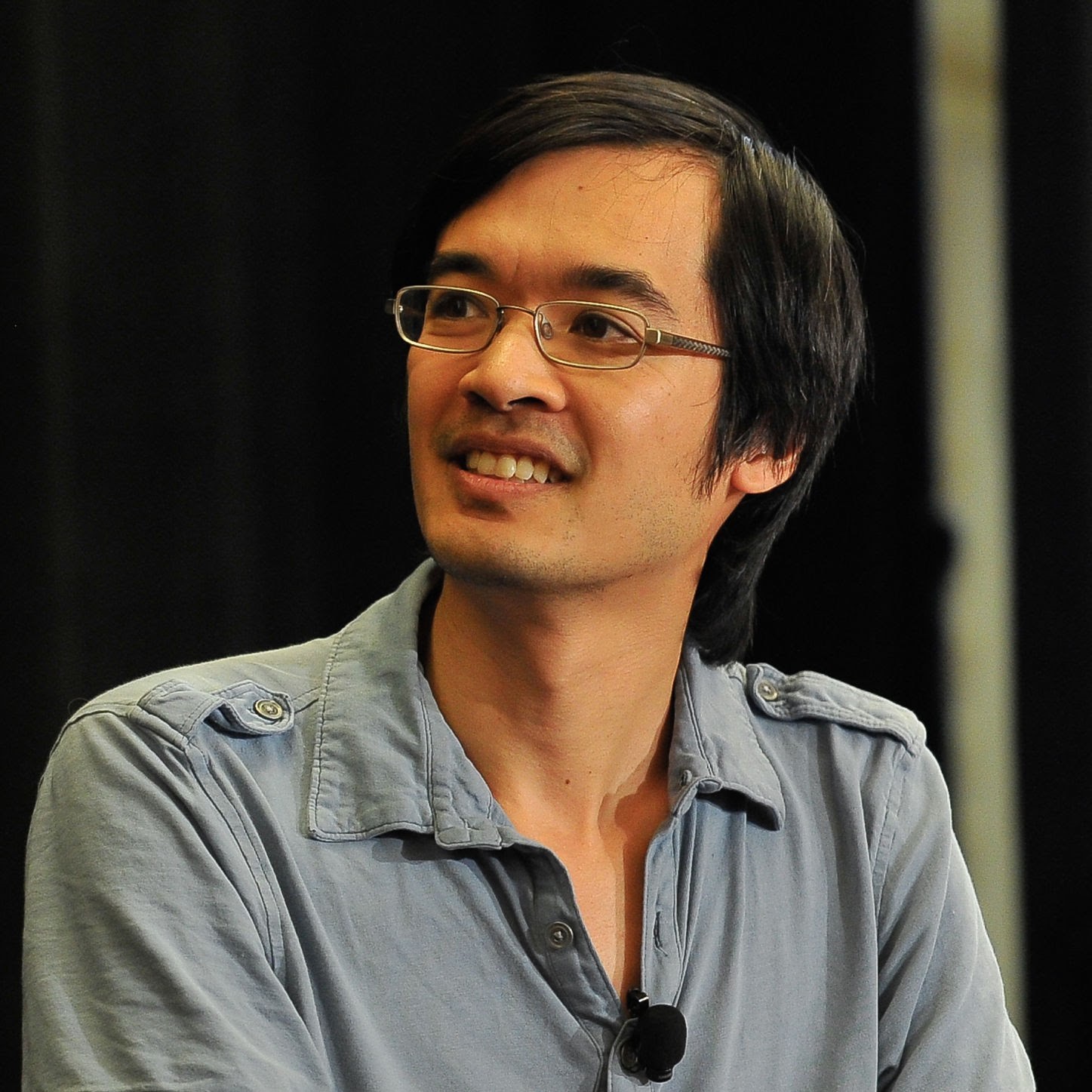
Terence Tao
Terence “Terry” Tao is an Australian American mathematician who has done a lot in the field of number theory the combinatorial analysis as well in partial differential equations. Tao, whose full name is Daryl Tan Wei Sheng, was born on July 17, 1975 in Adelaide, Australia to Hong Kong born parents; he has been recognised as an international cellist of immense talent.

The foundation of mathematics was planted early in Tao’s life. At the tender of nine years he was attending Flinders University and by the age of sixteen he had a bachelor of mathematics degree to his belt.
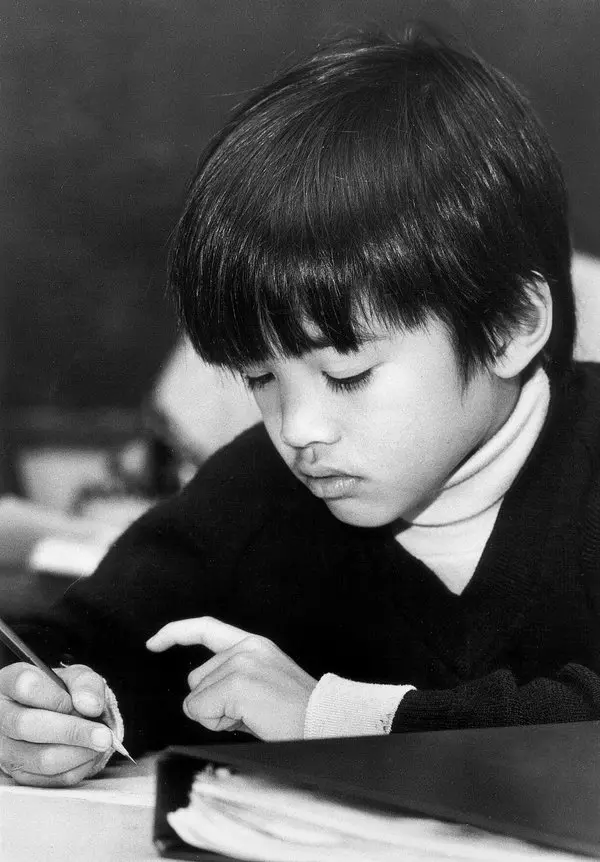
Tao has a Ph. D from Princeton University an age of 21 under the supervision of Elias Stein. He did a lot of early work in harmonic analysis, a branch of mathematics that essentially investigates a function based on wave like oscillations.
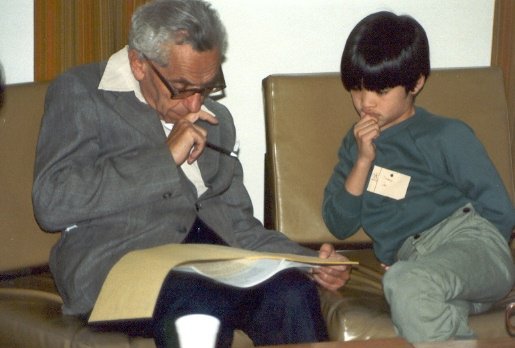
In number theory it was remarkably prominent and most notably with the Green–Tao theorem which proved the existence of arbitrarily long arithmetic progressions contained in the set of primes.
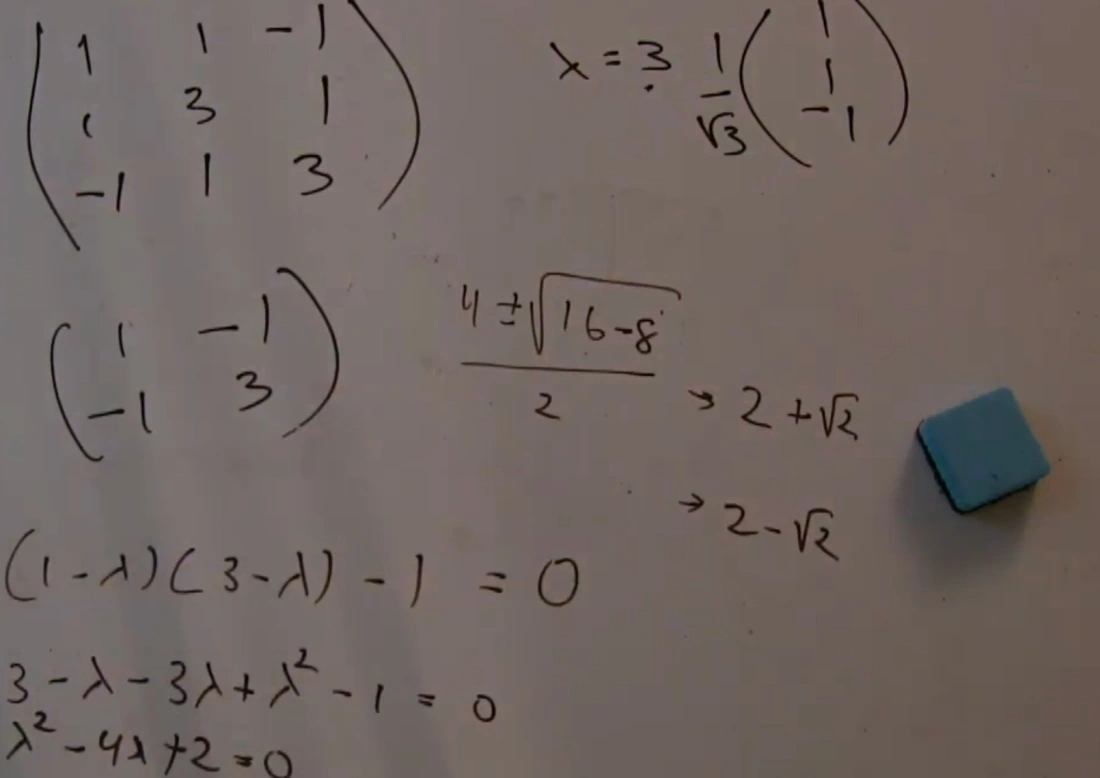
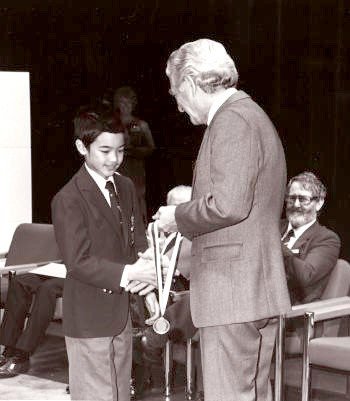
The fundamentals of Partial Differential Equations and ways of handling some of the complexities of them
Tao’s research interests also included partial differential equations, to which he contributed to as a scholar in the area of nonlinear dispersive partial differential equations.
For her outstanding work, Tao has received several honours among them being the Fields Medal, 2006, Breakthrough Prize in Mathematics, Crawford Prize, and the King Faisal International Prize in Mathematics.
Apart from being a genius statistician, Tao is friendly, self-effacing and outstanding in sharing his knowledge in math with other people. Some of the writings include the sports-related blog, and the overall, complicated ideas are addressed in a simple manner.
Proofs of some former theorems have been provided for all eternity by Terence Tao working in the area of number theory, harmonic analysis and, partial differential equations. He is also awarded many prizes today and educates the younger generation and forms the mathematical ideology through his teaching, writing and research.